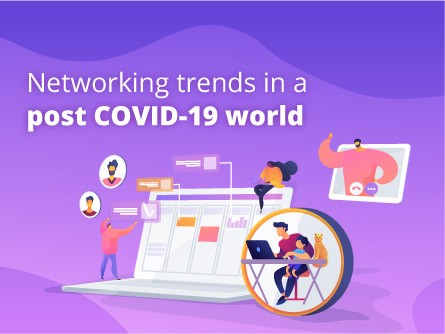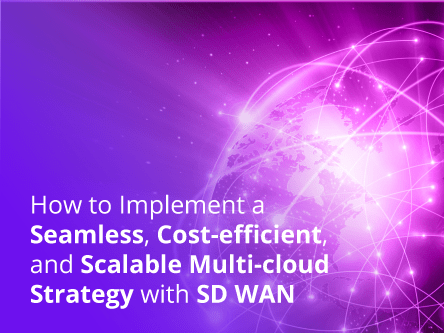With the pandemic sharply in its sights, market intelligence firm IDC recently released its 2020 State of the Network Survey. In the report, 5G, edge computing and SD-WAN were the technologies cited as crucial drivers for survival in the imminent recessionary global climate.
Even before the global crisis, next-generation networks were already moving towards software-defined networking, and the SD-WAN market was already expected to grow to US$4.5bn by 2020.
- “Don’t put your eggs in one basket: go multicloud! Go hybrid! Push towards Industry 4.0!”
- “Cybercriminal threats are outpacing legacy networks and traditional app development—let’s dip our toes into the Telco 3.0 waters with simple and secure software-defined networking and lateral benefits of programmable, automated networking.”
- “Monetising the network is getting expensive, time to invest in interconnections and partnerships to tap into more services!”
- “We need a dedicated, scalable, private connection to the cloud and to internet exchange peering. We need all this to boost our content, services and applications.”
These were manifested into action at various levels of commitment.
Some organisations started out timidly, and when they saw encouraging results, they went deeper into the matrix. Others kept the mindsets as just “nice to have” initiatives.
When the coronavirus outbreak turned into a global pandemic, the massive surge to implement remote-working, boost staff connectivity and tighten security led to many unprepared businesses flailing. Soon, lockdowns and complete stoppage on many business activities were turning flailing to failings.
Guess which group of businesses managed to use their existing network to quickly scale up their IT resources and keep their heads above water?
Which group of businesses is frantically rushing to adopt software-defined interconnection?
The pandemic’s trail of business destruction has turned what were optional technology trends in networking strategies into mandates. Even organisations that manage to survive this early part of global business massacre will not be able to rest on their laurels.
Moving into a post COVID-19 world, we will continue to see the network trending towards the cloud as more businesses finally realise the benefit of direct cloud interconnection.
Businesses that deliver their services over the internet will see more reasons to peer remotely at internet exchanges while global interconnection bandwidth will increase thanks to widespread digitalisation.
With the fallout expect to last up to a year or two into the new decade, businesses that have already fully digitalised need to be on their toes to push for higher resilience, productivity and agility.
The takeaway from surviving COVID-19 is: what doesn’t kill a business makes it stronger: keep the connectivity scalable, secure, simple and sustainable!







